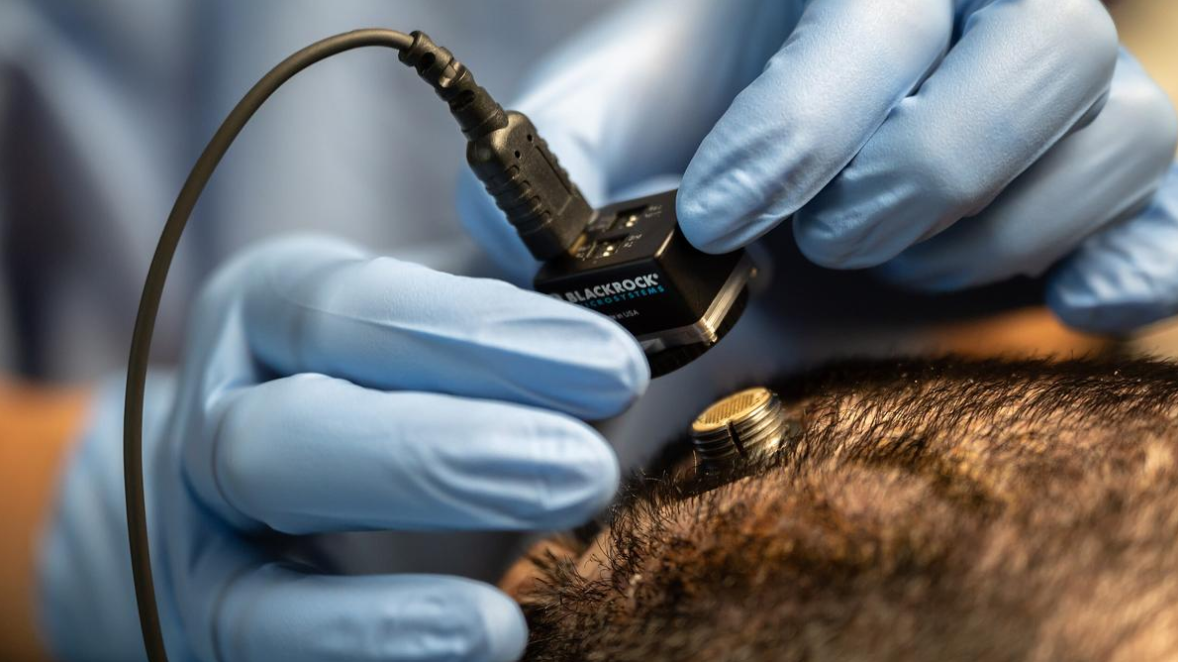



China’s EAST reactor set a new fusion record by sustaining 100-million-degree plasma for 1,066 seconds in 2025, doubling its previous record. This milestone validates tokamak magnetic confinement technology, informing ITER’s design despite challenges with tritium supply, cost overruns, and delayed timelines. EAST’s success advances global fusion research toward commercial reactors.

Copyright infringement not intended
Picture Courtesy: THE HINDU
China’s EAST Reactor Advances Magnetic Fusion Technology.
Details
On January 20, 2025, Chinese scientists operating the Experimental Advanced Superconducting Tokamak (EAST) reactor achieved a milestone by sustaining plasma at 100 million degrees Celsius for 1,066 seconds—more than doubling the reactor’s previous record of 403 seconds set in 2023.
EAST, dubbed China’s “artificial sun,” is a testbed for the International Thermonuclear Experimental Reactor (ITER), a global fusion project delayed until 2033 due to cost overruns and technical challenges.
Fusion reactions depend on deuterium (abundant in seawater) and tritium (rare and artificially produced in heavy-water reactors in Canada, India, and South Korea). Tritium’s scarcity poses a supply challenge for large-scale fusion.
Fusion requires temperatures exceeding 100 million degrees Celsius to overcome proton repulsion. At these temperatures, matter becomes plasma, a state where charged particles are stripped from atoms.
Magnetic confinement (using tokamaks) or inertial confinement (using lasers) traps plasma to sustain reactions.
EAST uses a tokamak—a doughnut-shaped reactor with toroidal and poloidal magnetic fields generated by superconducting electromagnets. These fields confine plasma in a spiral path, preventing contact with reactor walls.
In 2025, EAST’s operators doubled the thermal power input, stabilizing plasma for 1,066 seconds—a critical step toward self-sustaining reactions.

Record Progression:
EAST’s advancements validate technologies for ITER, which aims to produce more energy than consumed. However, ITER’s €18 billion cost and delayed timeline (first plasma in 2033) have sparked criticism.
China contributes 9% to ITER’s construction and uses EAST’s data to refine ITER’s design.
What is ITER, and how does it fit into fusion research?ITER is an international fusion project in France, involving over 30 countries, including India. It aims to begin deuterium-tritium fusion reactions by 2039, producing 500 MW of fusion power. While ITER won’t generate electricity, its success will pave the way for future commercial fusion reactors. |
Must Read Articles:
Source:
|
PRACTICE QUESTION Q.To what extent can renewable energy alone address India’s climate commitments under the Paris Agreement? 150 words |






© 2025 iasgyan. All right reserved